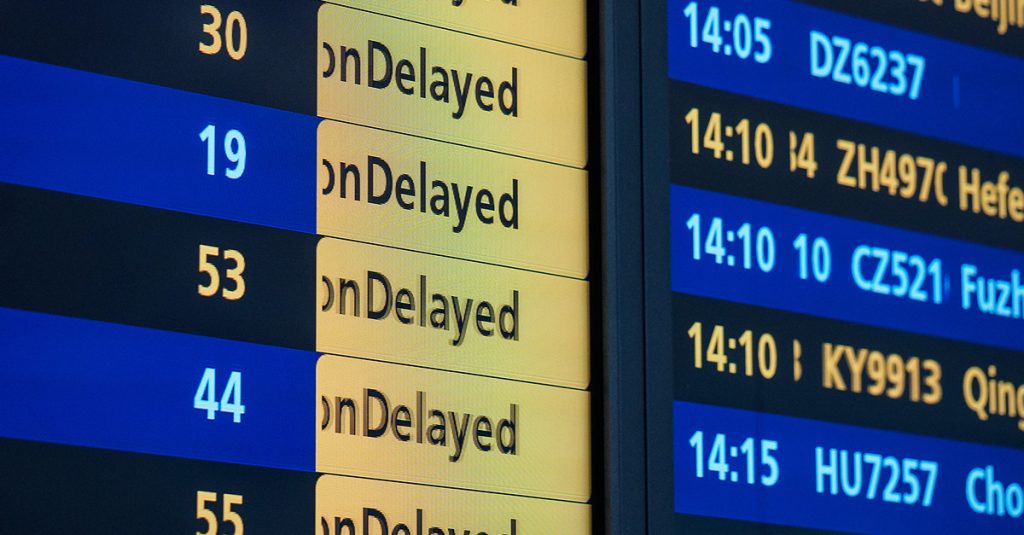The recent report on last August’s NATS systems failure offers a detailed analysis of causative factors. Exploring these facets highlights systemic weaknesses.
The breakdown in air traffic control underscores the industry’s urgent requirement to bolster resilience and coordination amidst complex operational challenges.
Initial Findings and Immediate Reactions
An interim report into August’s National Air Traffic Services (NATS) disruption highlights key issues. Engineers working from home during critical periods exacerbated the problem. The report indicates that senior engineers’ unavailability at the site prolonged the resolution, stressing the need for onsite presence during emergencies.
Furthermore, the panel noted a lack of preparedness, as no rehearsals for such incidents were conducted. This oversight contributed to the protracted chaos, affecting approximately 700,000 passengers. The report pointed out another fundamental issue: the absence of immediate senior leadership onsite, leading to delays in critical decision-making.
Specific Incident Details
The disruption stemmed from NATS’ systems’ inability to process a flight plan due to identical waypoint abbreviations. This triggered a series of system shutdowns after NATS’ primary and secondary systems failed concomitantly. Each system reboot repeated the cycle, prolonging the disruption until the system supplier intervened.
The issue’s complexity demanded intricate problem-solving, which was delayed by several hours. When engineers eventually arrived onsite, further time was consumed before calling the software supplier. The delayed engagement with external expertise is highlighted as a pivotal factor in the prolonged disruption.
Passenger Experience and System Management
The report criticises airline responses to the chaos, citing inadequate treatment of passengers. Though operational disruptions were resolved within seven hours, their repercussions were unduly prolonged. The report emphasises that unclear communications exacerbated travellers’ ordeals.
Passengers faced a lack of visible, informed staff at airports, compounding their frustration. Insufficient announcements and misinformation contributed to passengers enduring extended delays and some not being repatriated for days. The report underscores inadequacies in passenger care, with a marked absence of clear rights communication.
Organisational Preparedness and Accountability
The investigation reveals multiple facets contributing to the delayed response. Key among these was the absence of a single accountable leader during the crisis, which hindered swift rectification efforts. Furthermore, insufficient documentation delineating system connectivity was noted. These organisational gaps highlight the need for unified leadership in crisis management.
Crucially, the report remarks on the accepted practice of having staff on standby during public holidays. The inability to perform major operations remotely exacerbated the already severe situation. This section underscores the organisational need for enhanced pre-planning and coordination for significant incidents.
Future Recommendations and Risk Mitigation
While the report deems a recurrence unlikely, it warns that different factors could trigger similar events. The final report, expected later in the year, aims to provide comprehensive guidelines, including more rigorous oversight by the Civil Aviation Authority (CAA) over NATS.
The report’s forward-looking stance highlights the urgency for improved resilience planning. Enhanced coordination and pre-emptive strategies are recommended to safeguard against future potential disruptions. Implementing these measures is deemed essential for mitigating risks inherent in complex air traffic operations.
Airlines and CAA’s Role
The report’s final iteration will address airlines’ adherence to CAA’s passenger treatment guidelines. This scrutiny is aimed at ensuring airlines’ accountability during disruptions. Greater oversight from the CAA is anticipated, promoting enhanced compliance with established passenger care standards.
Enhancing oversight and accountability measures ensures that both NATS and airlines uphold their responsibilities towards passengers. This focus on regulated compliance aims to mitigate future incidents’ impacts on the travelling public.
Conclusion of the Interim Report
The interim report provides a comprehensive analysis of the air traffic disruption, emphasising the need for systemic improvements in resilience planning and accountability. Recommendations focus on enhancing operational readiness and communication to prevent similar disturbances.
In conclusion, the interim findings lay bare critical systemic issues within air traffic operations, resulting in heightened passenger frustration.
Addressing these shortcomings through robust resilience planning and improved communication remains paramount to avoid future disruptions.

